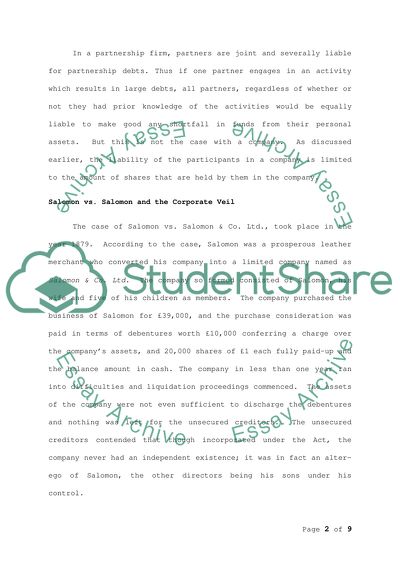Cite this document
(LLC Legal Analysis Case Study Example | Topics and Well Written Essays - 1500 words, n.d.)
LLC Legal Analysis Case Study Example | Topics and Well Written Essays - 1500 words. https://studentshare.org/law/1511495-corportions-law-in-australia
LLC Legal Analysis Case Study Example | Topics and Well Written Essays - 1500 words. https://studentshare.org/law/1511495-corportions-law-in-australia
(LLC Legal Analysis Case Study Example | Topics and Well Written Essays - 1500 Words)
LLC Legal Analysis Case Study Example | Topics and Well Written Essays - 1500 Words. https://studentshare.org/law/1511495-corportions-law-in-australia.
LLC Legal Analysis Case Study Example | Topics and Well Written Essays - 1500 Words. https://studentshare.org/law/1511495-corportions-law-in-australia.
“LLC Legal Analysis Case Study Example | Topics and Well Written Essays - 1500 Words”. https://studentshare.org/law/1511495-corportions-law-in-australia.


